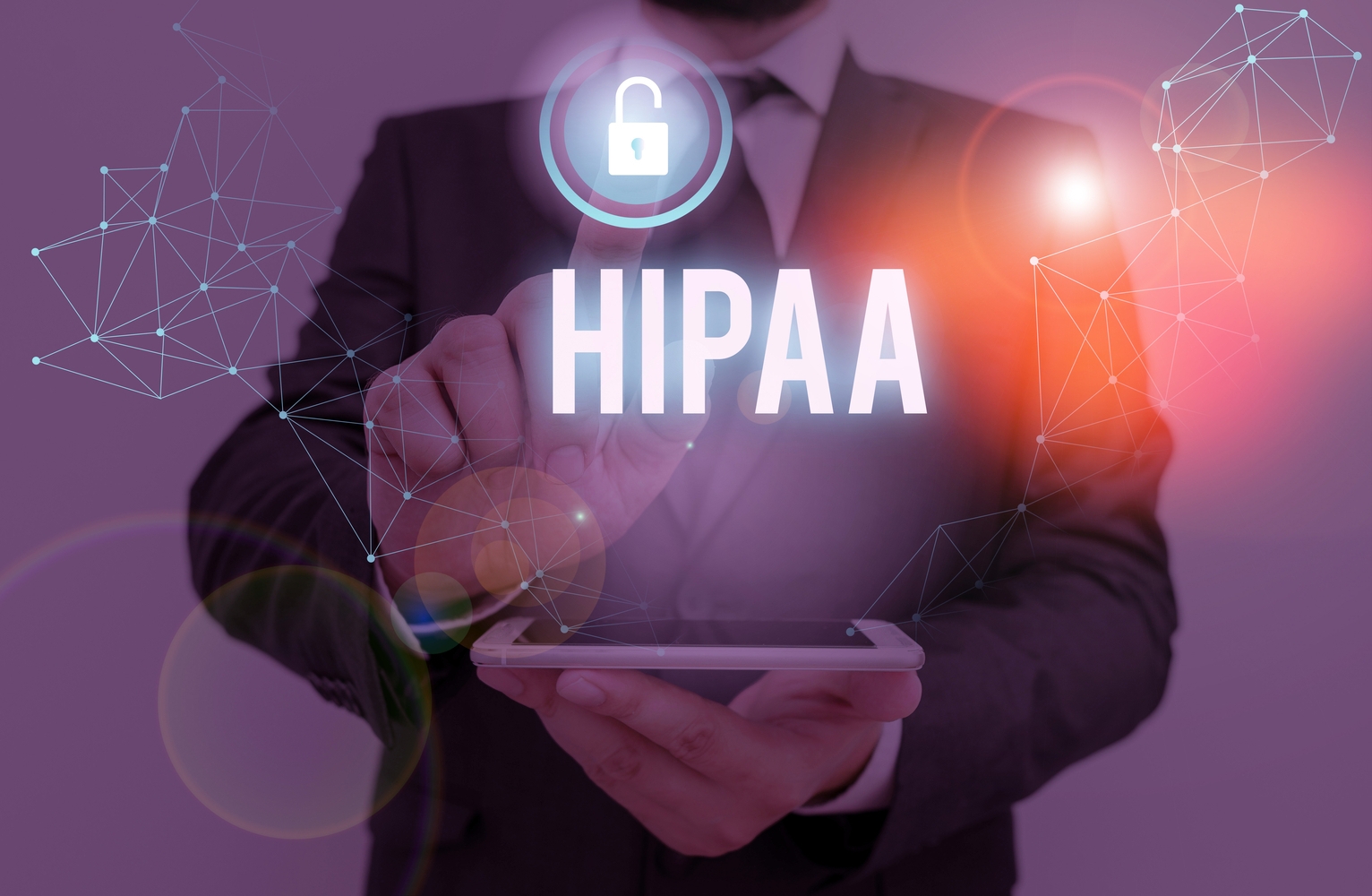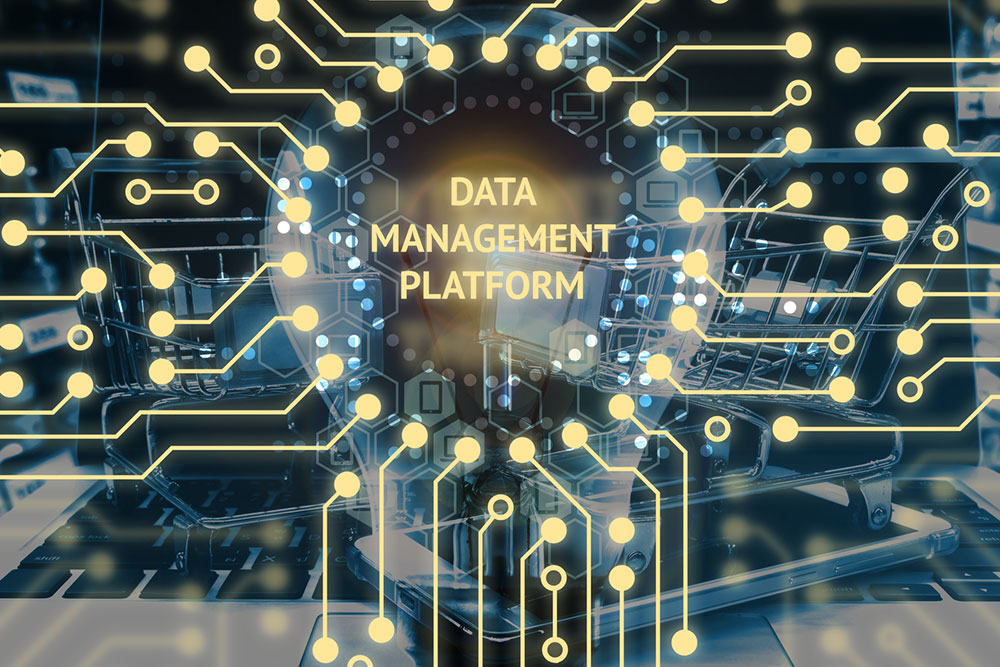Comprehensive Guide to Access Control Systems: Strengthening Data Security and Simplifying User Management
This comprehensive guide explores how organizations can enhance data security and user convenience with advanced access control solutions. It details core features, benefits, top platforms like Okta and Azure AD, and provides valuable tips on choosing the right system to protect sensitive information effectively. Emphasizing security, compliance, and operational efficiency, this article is essential for organizations aiming to strengthen their cybersecurity infrastructure and streamline user management processes efficiently.

Comprehensive Guide to Access Control Systems: Strengthening Data Security and Simplifying User Management
In today’s digital-first world, protecting sensitive data and critical digital assets has become a top priority for organizations of all sizes. With the rapid proliferation of remote work, cloud computing, and increasingly sophisticated cyber threats, businesses must adopt robust access control solutions to safeguard their information systems. Efficient access management not only enhances security but also improves user experience and operational productivity. This detailed guide explores the vital role of access control systems, their core features, benefits, and how to select the best solution tailored to your organization’s needs.
The importance of implementing a reliable access control infrastructure has never been more evident. From small startups to multinational corporations, securing data assets through advanced access management strategies has become indispensable to stay compliant with regulatory standards and maintain customer trust.
Understanding Access Management Software
Access management software serves as the backbone of digital security within organizations. These platforms centralize user identity verification and permission controls, streamlining the process of granting or revoking access across multiple systems and applications. A well-designed access control solution ensures that only authorized personnel can view or manipulate sensitive information, thereby minimizing the risk of data breaches and insider threats.
Typical functionalities of these systems include:
User Authentication
Confirms individual identities using passwords, biometrics, or multi-factor authentication methods such as OTPs or hardware tokens.
Access Control
Defines and enforces permissions based on roles, attributes, or policies tailored to organizational needs.
User Onboarding & Offboarding
Automates account creation, modification, and removal to safeguard against outdated or unauthorized access.
Single Sign-On (SSO)
Enables users to authenticate once and gain access to multiple applications, reducing password fatigue and improving productivity.
Multi-Factor Authentication (MFA)
Adds an extra layer of security by requiring multiple verification steps during login.
Monitoring & Audit Trails
Tracks and logs user activities, providing a comprehensive record for security audits and compliance reporting.
Advantages of Implementing Access Management Solutions
Deploying advanced access management solutions offers numerous strategic benefits that significantly improve organizational security and efficiency:
1. Enhanced Security
By centralizing access controls and enforcing strict authentication protocols, organizations mitigate the risks of unauthorized access and potential data breaches.
2. Improved User Experience
Features such as SSO streamline login processes, reducing password fatigue and enhancing overall user satisfaction and productivity.
3. Automated User Management
Seamless onboarding and offboarding workflows ensure that access permissions are updated in real-time, minimizing security gaps from outdated credentials.
4. Regulatory Compliance
Accurate logging and access reports assist organizations in meeting data protection standards such as GDPR, HIPAA, and others.
5. Cost Reduction
Automation minimizes manual administrative tasks, lowering labor costs and freeing IT staff for strategic initiatives.
Core Features of Modern Access Control Software
Understanding the key features of access management platforms enables organizations to make informed decisions:
User Authentication
Multiple methods, including biometrics, passwords, and MFA, to verify identities securely.
Single Sign-On (SSO)
Unified login experience for multiple services and applications.
Multi-Factor Authentication (MFA)
Additional verification steps for enhanced security.
Role-Based Access Control (RBAC)
Permissions assigned based on user roles, simplifying management.
User Lifecycle Management
Automates provisioning, modifications, and de-provisioning of user accounts.
Audit & Compliance Reporting
Tracks user activities for security reviews and accountability.
Password Self-Service
Enabling users to reset or change passwords independently, reducing helpdesk load.
Privileged Access Management (PAM)
Secures high-level administrative accounts from misuse or theft.
API and System Integration
Ensures compatibility with other enterprise applications and cloud environments.
Leading Access Management Systems in the Market
Several reputable solutions are available, catering to various organizational sizes and security requirements. Here’s an overview of well-known platforms:
| Platform | Core Features | Ideal For | Pricing Model | Deployment Mode |
|---|---|---|---|---|
| Okta | SSO, MFA, API integration, user onboarding | Small to large enterprises | Custom pricing | Cloud-only |
| Microsoft Azure Active Directory | SSO, MFA, RBAC, hybrid identity management | Microsoft-centric environments | Free to premium tiers | Cloud-based |
| Auth0 | Passwordless login, SSO, API security | Developers, tech firms | Custom pricing | Cloud-only |
| IBM Security Verify | Provisioning, adaptive access control, detailed security reports | Large enterprises | Custom pricing | Cloud & on-premises |
| Ping Identity | SSO, MFA, adaptive access control, API security | Complex, enterprise-scale organizations | Custom pricing | Cloud-only |
| OneLogin | SSO, MFA, threat detection | Mid-sized and smaller companies | Free tier available, plans start at $2/user/month | Cloud-based | JumpCloud | Directory services, SSO, endpoint management | Small to mid-sized companies | Free for up to 10 users, paid plans available | Cloud-only |
In-Depth Review of Top Access Management Solutions
1. Okta
Okta stands out as a leader in identity management, supporting a wide array of authentication methods including SSO, MFA, and comprehensive API integrations. Its versatile platform caters to organizations seeking centralized control over user access across diverse applications and environments.
Key Features
Robust SSO and MFA security layers
Integration with thousands of applications and cloud services
Customizable access policies for different user groups
2. Microsoft Azure Active Directory
Deep integration with Microsoft's ecosystem (Office 365, Dynamics, Teams) makes Azure AD an optimal choice for organizations relying heavily on Microsoft products. It offers seamless hybrid identity management, combining cloud and on-premises resources.
Key Features
Seamless integration with Microsoft apps
Unified cloud and on-premises access control
Advanced MFA options for security
3. Ping Identity
Ping Identity emphasizes adaptive security with dynamic, behavior-based access controls. It supports complex enterprise requirements by offering extensive API security and centralized management across hybrid IT infrastructures.
Key Features
Behavioral risk-based access controls
API security management
Centralized control for hybrid environments
4. OneLogin
Known for its user-friendly interface and quick deployment, OneLogin provides strong SSO and MFA security features, with real-time threat detection to protect against evolving cyber threats. It’s particularly suitable for small to mid-sized companies seeking scalable solutions.
Key Features
Ease of setup for SSO and MFA
Real-time threat detection and monitoring
API compatibility with multiple cloud apps
Guidelines for Choosing the Best Access Control System
Selecting the appropriate access management system requires careful consideration of your organizational size, existing infrastructure, and security needs. Key factors include:
Scalability Ensure the platform can expand with your organization’s growth, accommodating more users and systems.
Compatibility Verify integration capabilities with current applications, cloud services, and on-premises infrastructure.
User Experience Opt for intuitive interfaces and straightforward onboarding procedures to minimize user frustration.
Security & Compliance Confirm the platform meets all relevant compliance standards and offers robust protective features.
Investing in a reliable access control solution is vital for maintaining data integrity, meeting regulatory demands, and safeguarding organizational reputation in an era dominated by cyber threats. Making an informed choice enhances security, streamlines operations, and supports sustainable growth.





